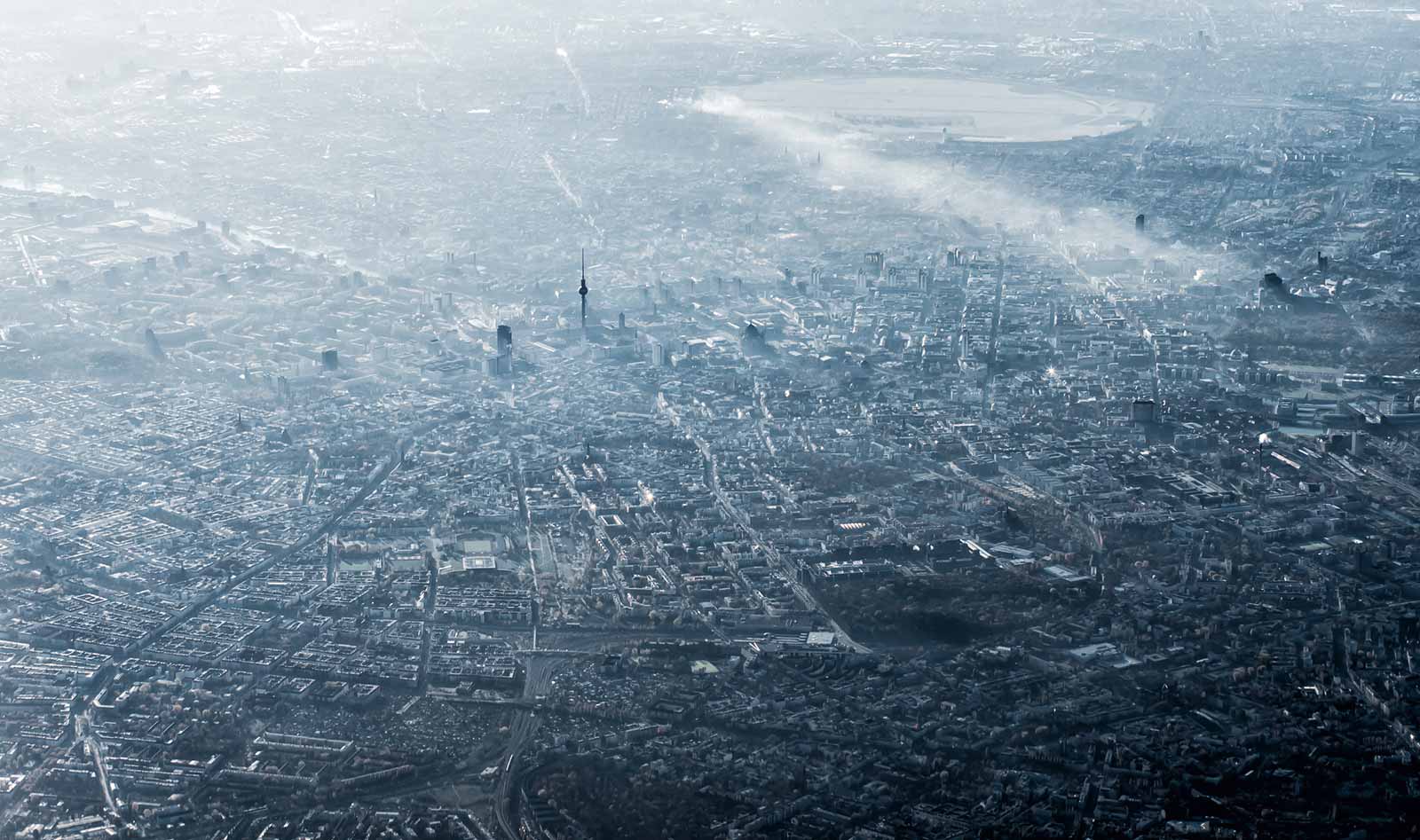
Working to counter a global threat
NO2 in the air we breathe
In spite of increased efforts across the world to fight the causes of air pollution, it remains the single most significant threat to human health.
As the world gets hotter and more crowded, engines continue to pump out dirty emissions. On top of that, half the world’s population has no access to clean fuels or technologies. Across the globe, nine out of ten people now breathe polluted air, which kills 7 million people every year.
Today, one third of deaths from stroke, lung cancer and heart disease are attributable to air pollution. This is on the same level as smoking and much higher than the effects of eating too much salt, for example.
Children are especially vulnerable
The effects of polluted air on children are disastrous. The latest World Health Organization figures suggest that as many as 14% of children aged 5-18 suffer from asthma relating to factors including air pollution. Every year 543,000 children under 5 die from respiratory diseases linked to air pollution.
While premature child deaths are disproportionately seen in low- and middle-income countries (ca. 90%), air pollution and the effects of NO2 is a truly global issue. It has also been linked to childhood cancers, birth defects and cognitive impairment in both children and adults. Source
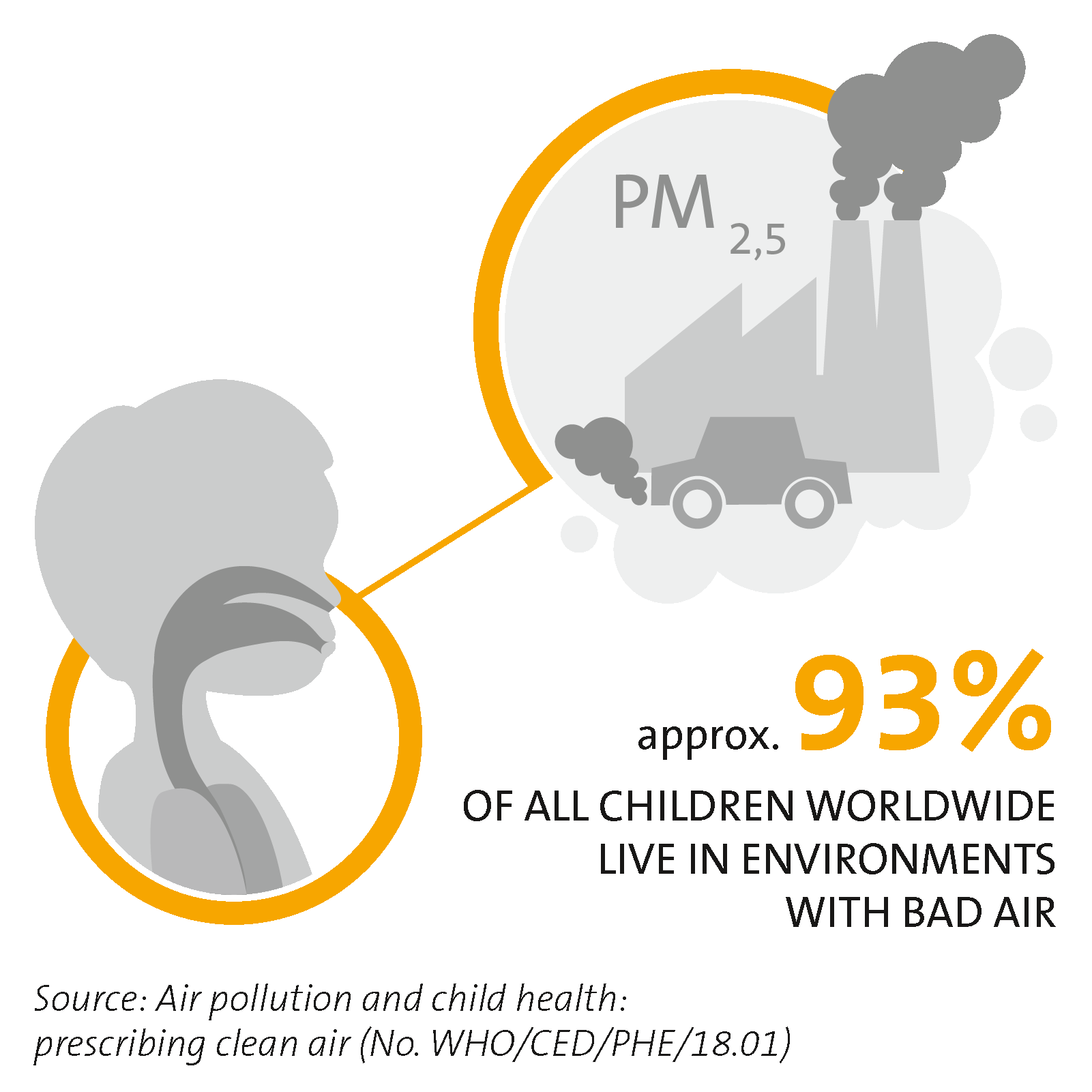
PM2,5 particles especially dangerous
PM2,5 particles present a direct and serious threat to human health. This is the particle size that includes NO2. These particles are small enough to penetrate deep inside the lungs and to be retained there.
NO2 is a toxic gas that attacks the respiratory system. It is especially harmful to children, elderly people and anyone suffering from chronic respiratory diseases such as asthma or bronchitis. Among the many sources of NO2, vehicle emissions are the most significant.
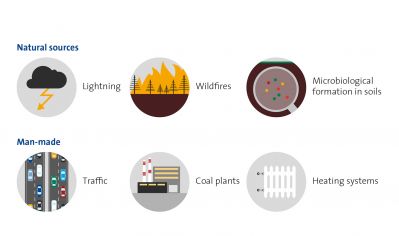
How nitrogen dioxide arises
Nitrogen dioxide (NO2) is one of several nitrogen oxides. These arise in combustion processes, both natural and man-made.
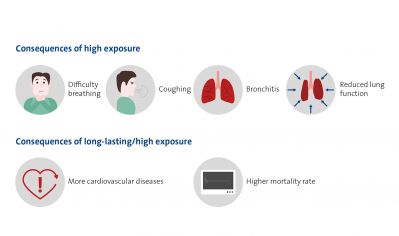
Nitrogen dioxide is a health risk
The gas is a strong oxidizer. It causes inflammation of the airway and increase the irritation caused by other pollutants.
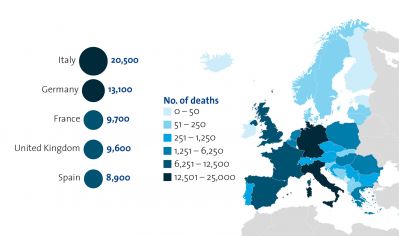
76,000 deaths in the EU caused by nitrogen dioxide exposure
Number of premature deaths due to high nitrogen dioxide exposure (Total value for the EU28, 2015; Source: EEA)
NO2 on the road
Older diesel vehicles in particular emit large volumes of nitrogen oxide (NO2), which react with the oxygen in the air to form toxic NO2. When inhaled, this gas has harmful effects on the lungs and heart. As well as making life worse for asthma sufferers, for example, constant exposure to high levels of NO2 can actually cause respiratory diseases in otherwise healthy people.
On the road, and especially in heavy traffic, vehicle passengers are sitting targets for high NO2 concentrations, which are pumped directly into the vehicle by the ventilation system. This is what makes high-quality cabin air filters so important.
Practical solutions
“The simplest and most effective way to fight high levels of air-borne pollutants is to cut them off at source. In other words, to prevent harmful substances from entering the vehicle cabin in the first place”, explained Volker Bräunling, Regional Director Automotive Filtration Europe at Freudenberg Filtration Technologies.
Alongside our customizable micronAir Gas Shield solutions for car manufacturers, our latest micronAir blue cabin air filter for the independent aftermarket provides effective defense against NO2. Engineered with a reliable barrier layer, this innovative filter efficiently protects vehicle occupants against this toxic gas.
micronAir blue – the power to protect
The latest generation of our micronAir blue cabin air filters is comprised of four filtration layers. The first two are particulate filters that remove PM2,5 particles and microorganisms such as mold spores. The third layer is an activated carbon filter that separates harmful gases, including NO2, as well as unpleasant odors from the vehicle cabin. Finally, there is our new functional layer. Based on a unique fruit extract formulation, it provides superior long-term protection against airborne allergens.
Tested, certified, safe
During development and prototyping, the micronAir blue cabin air filter was subjected to unprecedented testing. In collaboration with independent testing institutions, our filtration specialists developed a special multi-stage test procedure. This was closely modeled on real driving conditions and went far beyond standard testing.
As a result, micronAir blue cabin air filters easily met the DIN 71460 Part 2 standard for automotive cabin air filters and effectively and reliably adsorb harmful gases and unpleasant odors from fresh air and recirculated air.
You can read more about our micronAir blue cabin air filters here
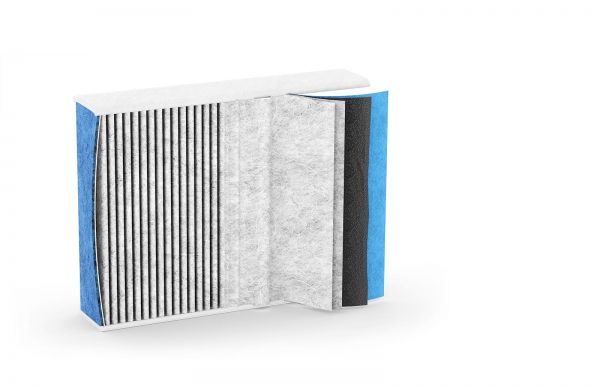
 automotive filtration insight
automotive filtration insight